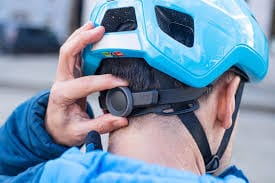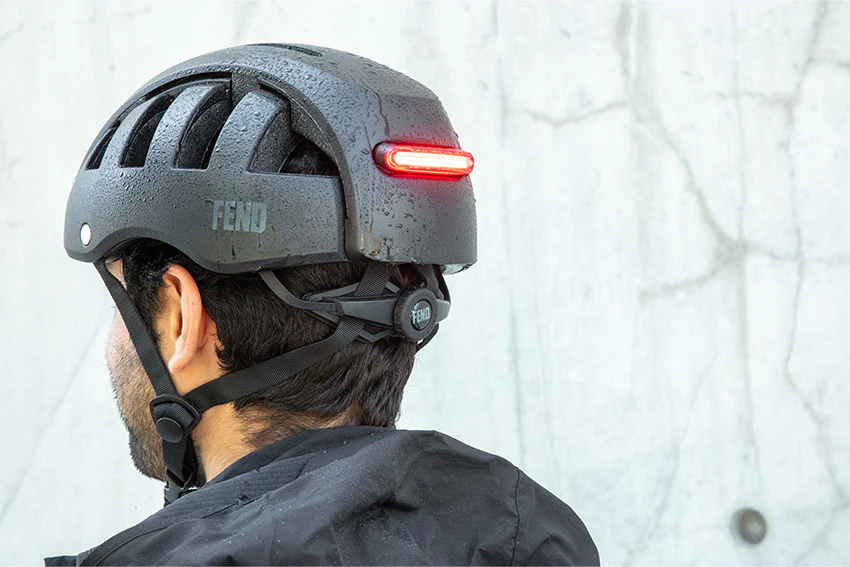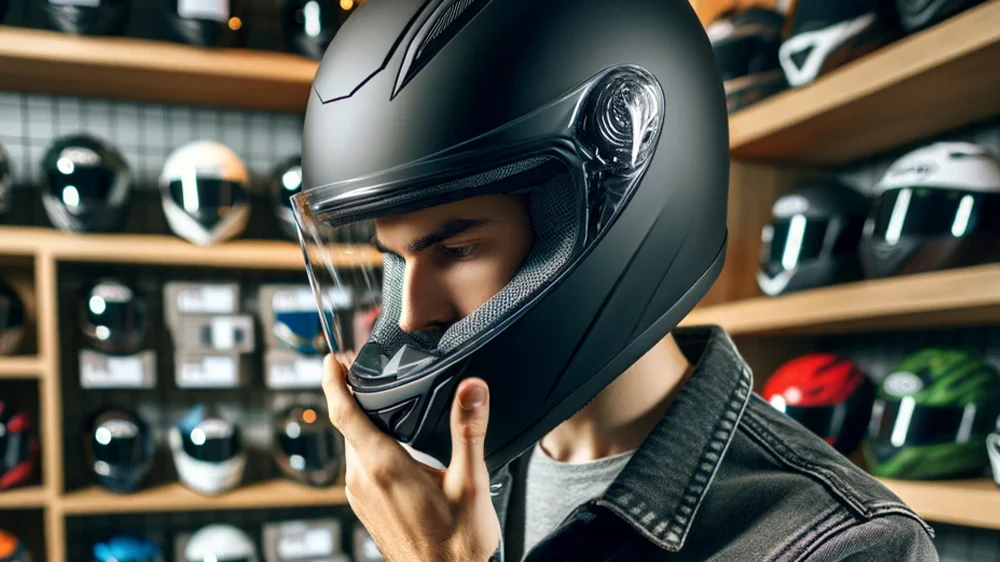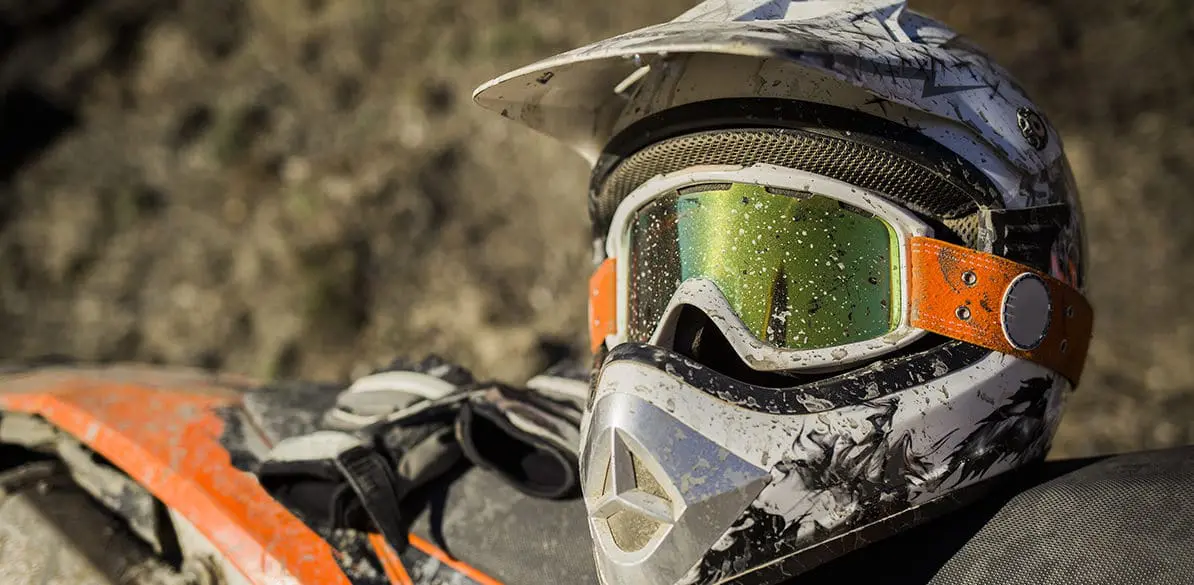A well-fitting sports helmet is crucial for your safety, whether you’re cycling, playing football, skating, or participating in any other sport that requires head protection. A helmet that’s too loose won’t protect you properly, while one that’s too tight can be uncomfortable and may even affect your performance. This sports helmet sizing guide will help you find the perfect fit, ensuring maximum protection and comfort.
Why Helmet Sizing Matters
When it comes to helmets, safety is the most important factor. A properly sized helmet ensures that it stays securely in place during activity, providing adequate protection in the event of an impact. An ill-fitting helmet can shift, providing less protection or causing discomfort that distracts you during your sport.
The best way to achieve the right fit is to measure your head and use that information to select a helmet. Here’s a step-by-step guide to help you find the perfect helmet for your needs.
Step 1: Measure Your Head
Before shopping for a sports helmet, it’s important to know your head circumference. This measurement is the key to determining which helmet size will offer the best fit.
-
Get a Flexible Measuring Tape
Use a soft, flexible measuring tape that will easily wrap around your head. If you don’t have one, you can also use a string or a piece of cloth, and then measure the length with a ruler or a standard measuring tape. -
Position the Tape Properly
Place the measuring tape about 1 inch (2.5 cm) above your eyebrows, wrapping it around the widest part of your head. This should be just above your ears, where the helmet will sit comfortably. Ensure the tape is level all the way around your head. -
Record the Measurement
Once the tape is snug, record the measurement in centimeters or inches. Most sports helmet brands provide sizing charts that correspond to these measurements.
Step 2: Understand Helmet Size Categories
Sports helmets typically come in a variety of sizes, ranging from extra small (XS) to extra large (XL). Common size categories include:
-
Extra Small (XS): 48-52 cm (18.9 – 20.5 inches)
-
Small (S): 52-56 cm (20.5 – 22.0 inches)
-
Medium (M): 56-58 cm (22.0 – 22.8 inches)
-
Large (L): 58-62 cm (22.8 – 24.4 inches)
-
Extra Large (XL): 62-64 cm (24.4 – 25.2 inches)
These sizes are general guidelines, but it’s important to always check the specific sizing chart of the brand you’re buying from. Some brands may have slightly different measurements or additional size options, such as “Small/Medium” or “Large/Extra Large.”
Step 3: Try on the Helmet
Once you’ve identified the size based on your head circumference, it’s time to try on the helmet. While online shopping is convenient, it’s always a good idea to try the helmet in person if possible. Here’s what to look for:
-
Fit
The helmet should fit snugly around your head without being too tight. It should sit level on your head, not tilting forward or backward. The front of the helmet should sit just above your eyebrows, providing full forehead coverage. -
Straps and Adjustments
Most sports helmets come with adjustable straps. When you fasten the chin strap, it should be tight enough to keep the helmet in place but not so tight that it’s uncomfortable. You should be able to slide one or two fingers under the strap. The straps should form a “V” shape under your ears. -
Comfort
Move your head around and check for any pressure points or discomfort. A well-fitting helmet should feel secure but comfortable. If it feels too tight or loose, consider trying a different size or brand. Many helmets come with padding that can be adjusted or replaced for a more customized fit. -
No Movement
Once the helmet is on, shake your head gently from side to side and up and down. The helmet should stay firmly in place, with little to no movement. If it shifts or feels loose, it’s too big. If it feels like it’s squeezing your head too much, it’s too small.
Step 4: Adjusting for Special Needs
Some sports helmets have adjustable sizing features that help ensure a better fit:
-
Dial Fit System: Some helmets come with a dial at the back that allows you to easily tighten or loosen the helmet for a customized fit.
-
Padding: Many helmets come with removable or adjustable padding that can help fine-tune the fit and provide additional comfort.
Step 5: Choosing the Right Helmet for Your Sport
Different sports require different types of helmets. Make sure you choose a helmet designed specifically for the sport you’ll be engaging in. Here’s a brief overview of common sports helmets:
-
Cycling Helmets
Cycling helmets are lightweight with excellent ventilation, designed for speed and comfort. The key is to ensure a snug, secure fit to avoid helmet movement while cycling. -
Football Helmets
Football helmets are larger, with more padding and a face mask for protection. Sizing is often more complex, requiring measurements of both head circumference and helmet shell size. -
Skating and Skateboard Helmets
Skating helmets are similar to bike helmets but often have a rounder, lower profile for added protection. Ensure the fit is snug but not overly tight, allowing for some comfort during long periods of wear. -
Winter Sports Helmets
Helmets for skiing or snowboarding provide extra warmth and insulation. Make sure there’s enough room for a ski mask or goggles without affecting the fit. -
Motorcycle Helmets
Motorcycle helmets require a precise fit to ensure full protection during high-speed impacts. Always choose a helmet that meets DOT (Department of Transportation) standards.
Step 6: Replace Your Helmet Regularly
Helmets are designed to withstand only one significant impact. After a crash or collision, even if there are no visible cracks, it’s important to replace your helmet. The materials inside the helmet may have been compromised, reducing its protective capabilities. Also, helmets degrade over time due to exposure to heat, humidity, and UV rays, so it’s recommended to replace your helmet every 3 to 5 years, depending on usage.
Conclusion
A properly sized sports helmet is vital for safety, comfort, and performance. By following this guide, you’ll be able to find the perfect helmet that fits your head securely while offering top-tier protection. Remember, don’t settle for a helmet that’s too loose or too tight—your head’s safety depends on it.
Now that you know how to measure, try on, and adjust your helmet, you’re ready to hit the field, road, or track with confidence!









